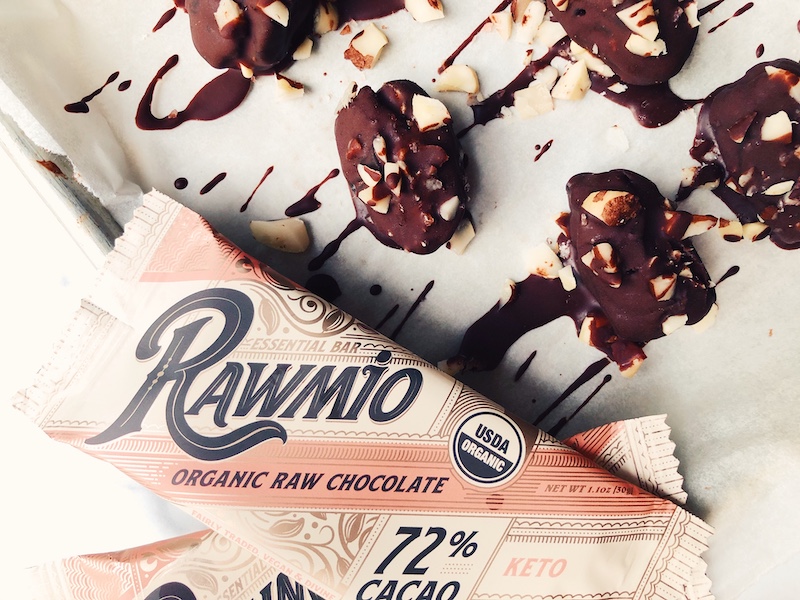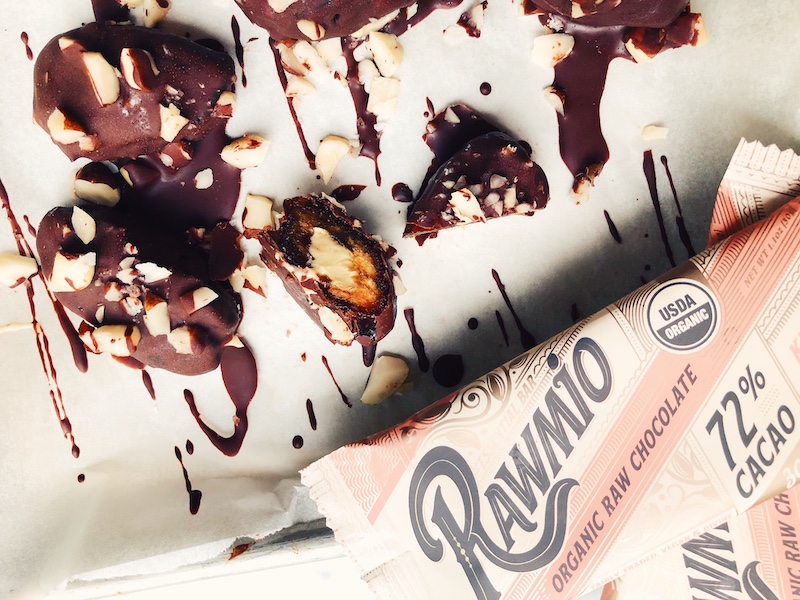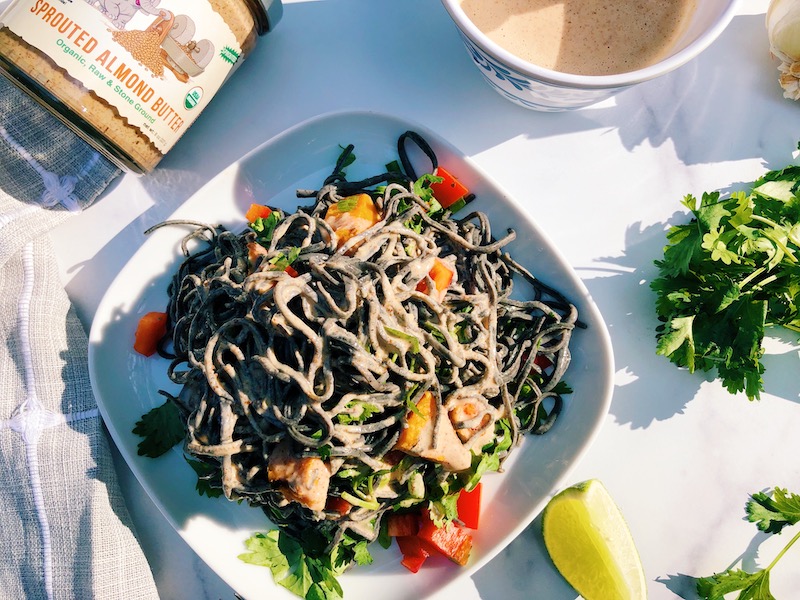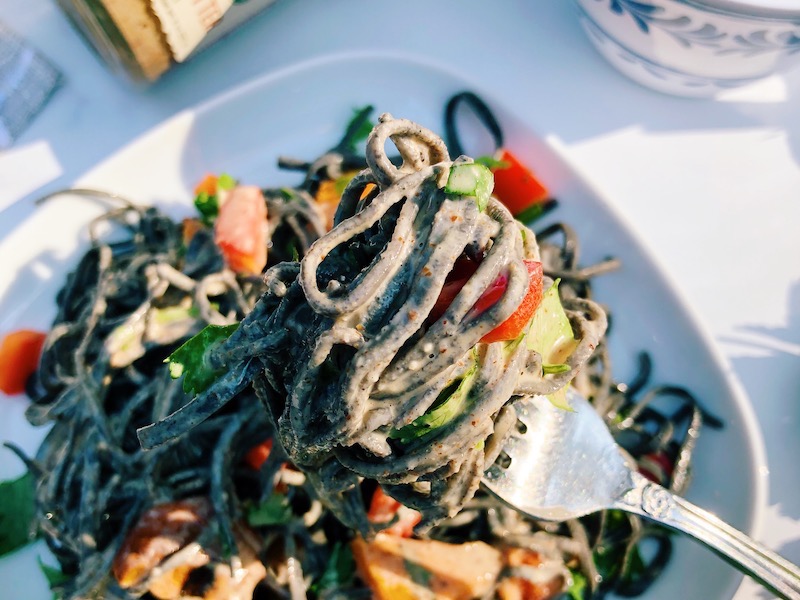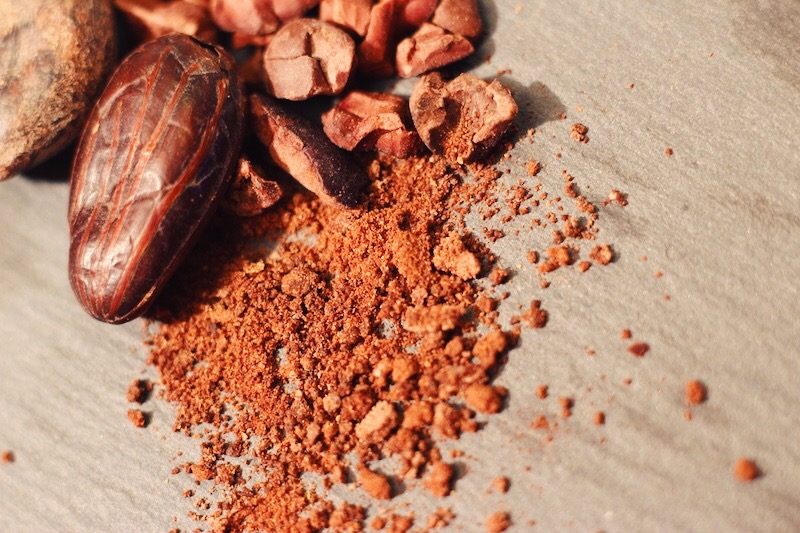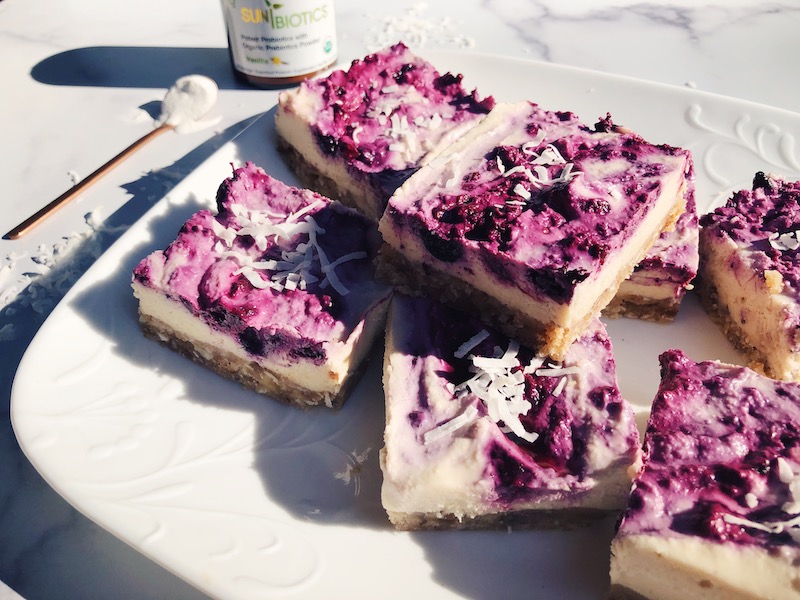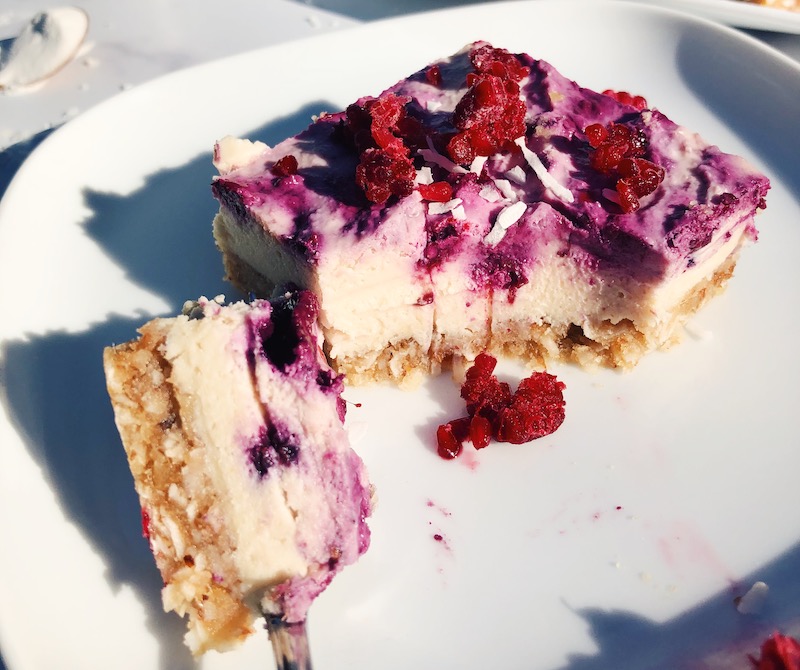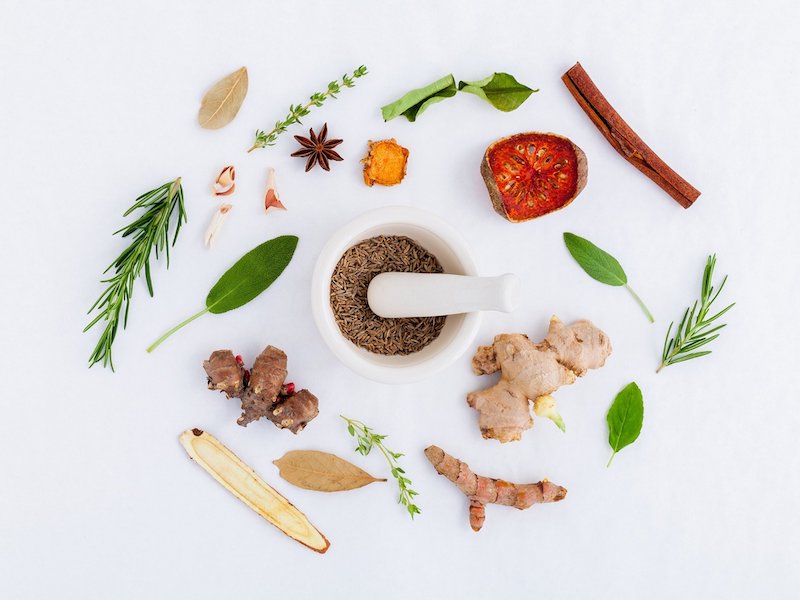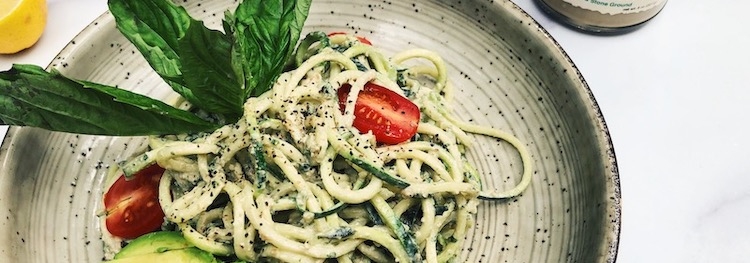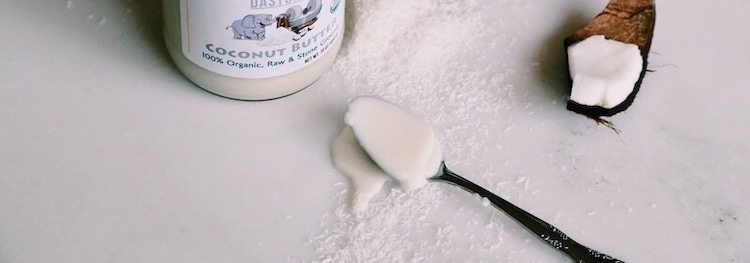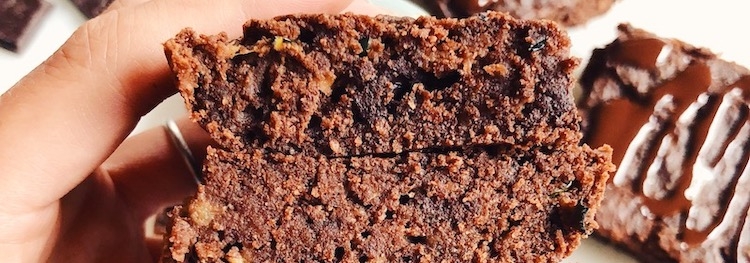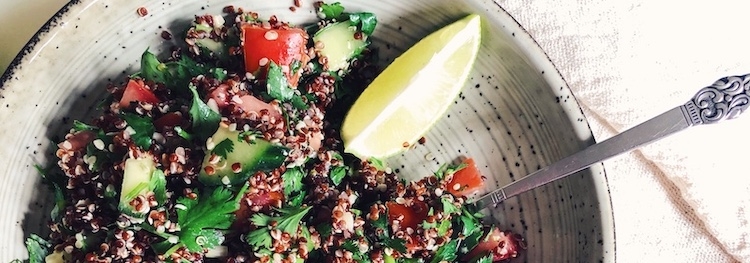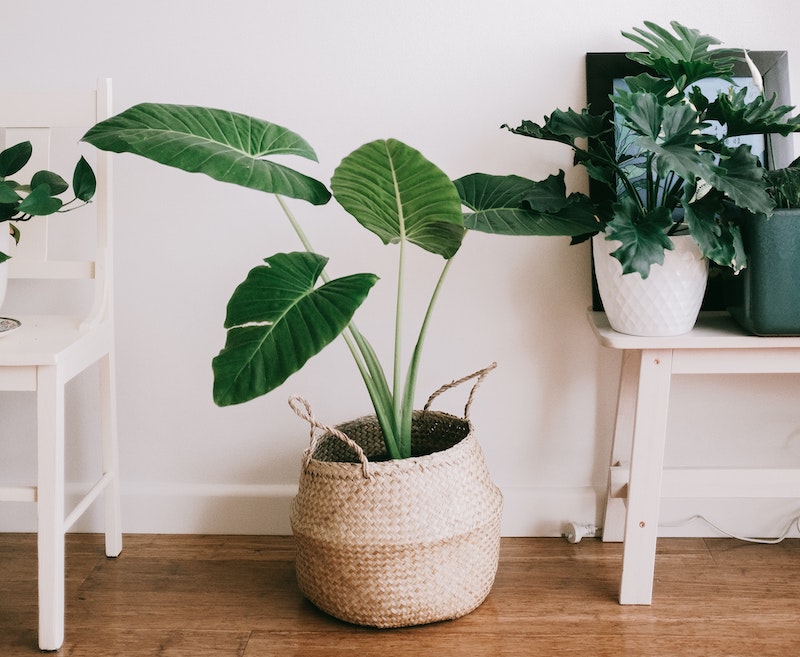
House plants create a wonderful atmosphere in any room. Not only do indoor plants create a connection with nature that adds to any decor scheme, but certain plants can also purify the air.
With relaxing aromatic scents and scientifically-proven air purification capabilities, these are the best houseplants to de-stress and purify your home.
Pothos
When it comes to choosing an indoor plant, the pothos checks all the boxes. This vining plant is often called Devil's Ivy because of its tenacity and ability to grow without sunlight. This low-maintenance plant thrives on neglect and practically grows itself.
The pothos is also one of the top contenders of NASA's Clean Air Study, proven to remove toxins such as benzene, formaldehyde, xylene, toluene, and trichloroethylene from any room.
Use the pothos for humidity control, air purification, and to create a calming atmosphere in any room of the house.
Lavender
Lavender has long been used in aromatherapy for its positive effects on stress and anxiety. This perennial plant loves the sun, making it perfect for a sunny window. When the blooming period reaches its end, trim back the plant and dry the petals for dried arrangements, potpourri, and DIY projects.
There are various types of lavender, so what grow lavender do you use for indoor pots? Lavandula latifolia, also known as English lavender, is one of the most aromatic breeds. To grow this type of lavender indoors, you'll need a spacious pot that allows for ample root growth.

Chrysanthemums
Chrysanthemums are one of the few flowers that proved to be successful in NASA's Clean Air Study, proving to remove benzene, formaldehyde, xylene, toluene, and trichloroethylene from the air.
These low maintenance plants have beautiful blooms that fade away into stunning foliage. Harvest the seeds at the end of the growing season to plant and experience the loveliness all over again. Storing chrysanthemums and getting them to bloom again is challenging for even the most skilled gardeners.
Snake Plant
Snake plants— colloquially known as Mother-in-Law's Tongue— are another top contender of the NASA Clean Air Study. This plant's unique vertical foliage adds texture to any room, creating an eye-catching design piece that invokes a sense of calm.
While this low-maintenance plant looks like a common house plant, it's lady’sa rare type of succulent. As such, it requires minimal watering and care to thrive. The snake plant is a highly-recommended addition to the household in ancient feng shui practices, as it's said to invoke contentment and prosperity.
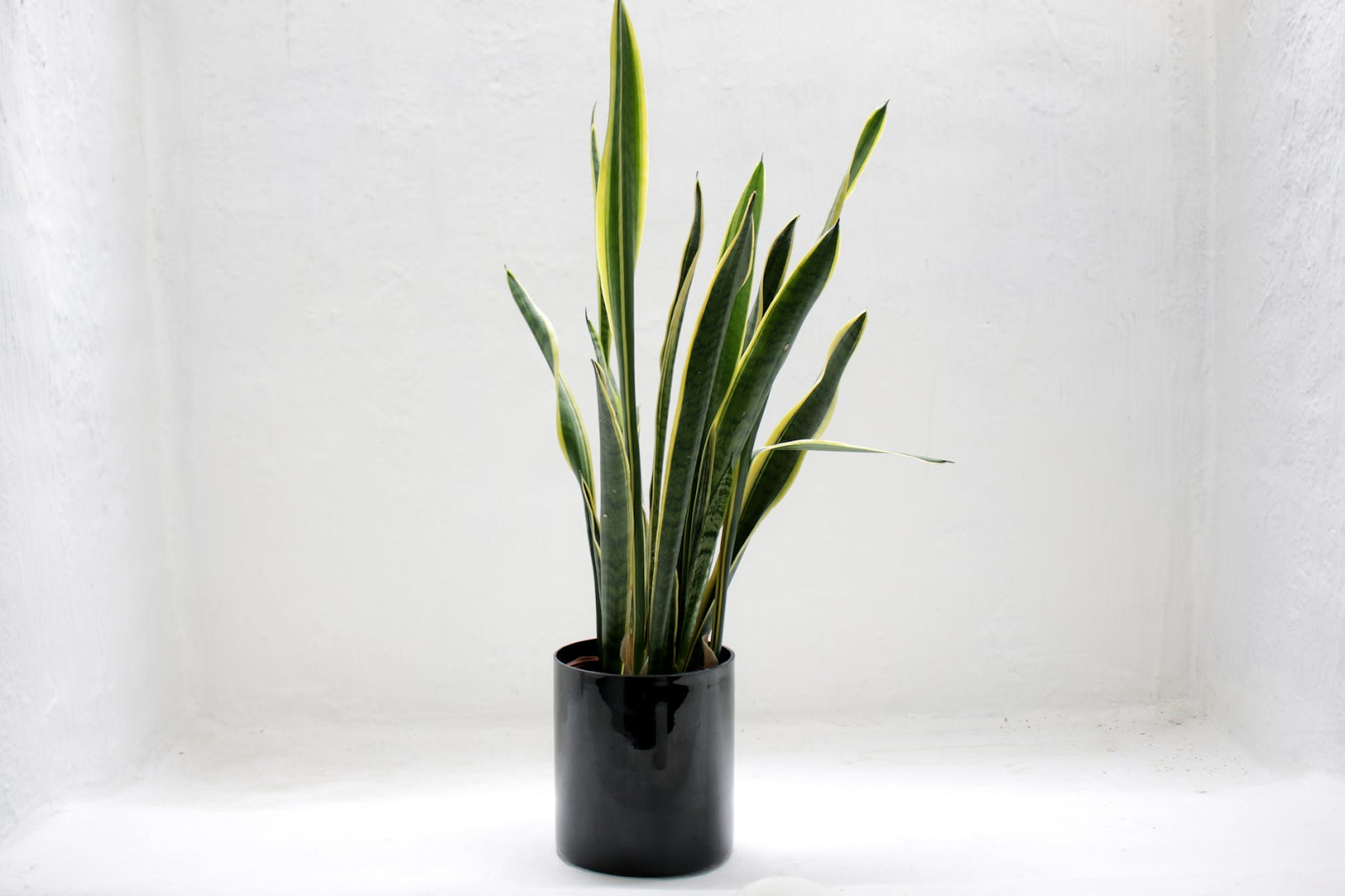
Lemon Mint
Lemon mint combines two of the most refreshing scents found in nature: citrus and mint. This versatile herb makes a great addition to the kitchen or bedroom, adding a fresh, calming aroma. Lemon mint is hardy and grows well without proper care and maintenance; place it in indirect sunlight and water once per week.
You can also use lemon mint in cooking and cocktails and deter pests that may find their way into your home.
Peace Lily
The peace lily is another floral winner in NASA's Clean Air Study, purifying all of the same toxins as the pothos, chrysanthemums, and snake plant. Unlike many indoor flowers, the peace lily is a low-maintenance plant and drought tolerant. These plants tend to die from overwatering rather than neglect. To avoid this error, wait until the soil is dry before watering or watch for the telltale sign of drooping leaves.
Keep your peace lily looking fresh by wiping down the leaves with a damp cloth to remove dust. When your plant starts to get crowded, transition it to a larger planter.
Lady Palm
Many palm plants do well indoors, making them a popular choice for home decor. The lady palm has narrow fronds and a visually appealing fan shape that looks great in a floor planter. Like many palms, the lady palm also purifies the air and adds a sense of cleanliness and calm.
This house plant enjoys bright, indirect sunlight and requires a little TLC to thrive. Plant fertilizer pellets once per year and place in an area with a consistent temperature, avoiding drafts and vents.
These fantastic plants create a calm, natural element in any room and often have both aromatherapeutic or purification benefits. Best of all, these low-maintenance options are accessible to everyone.
Guest author bio
Wendy Dessler
Outreach manager
Wendy Dessler is a super-connector who helps businesses find their audience online through outreach, partnerships, and networking. She frequently writes about the latest advancements in digital marketing and focuses her efforts on developing customized blogger outreach plans depending on the industry and competition.
